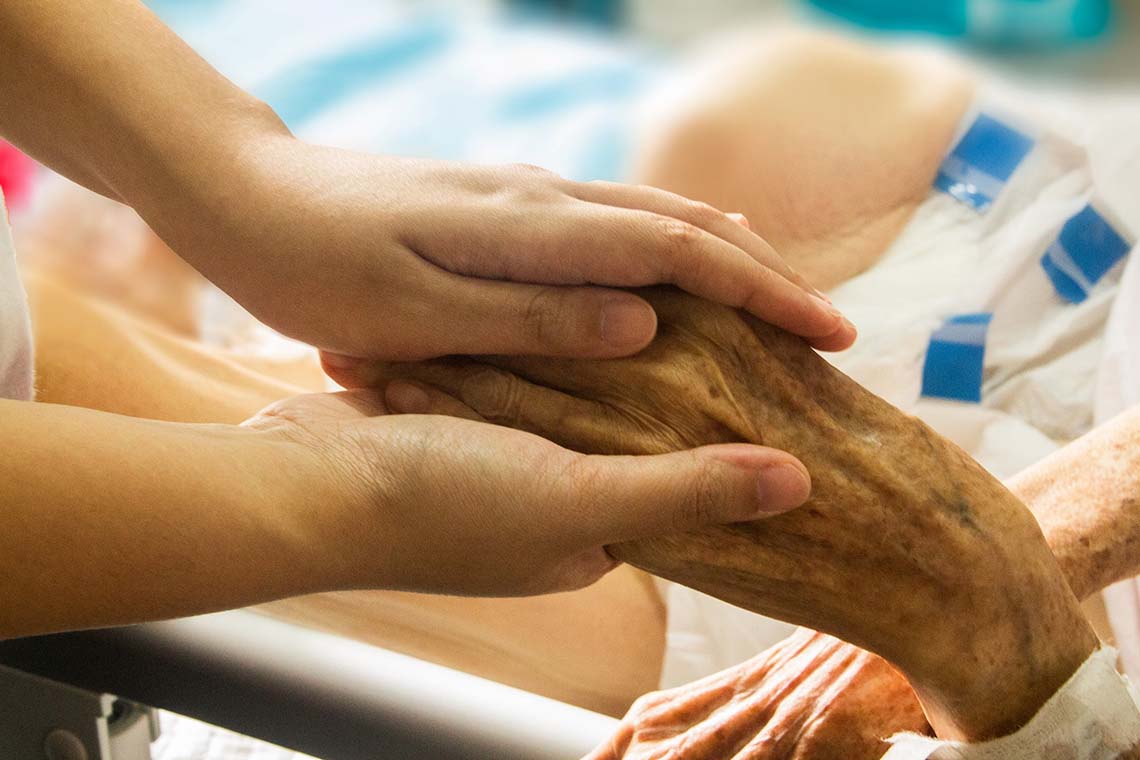
The illusion of territorial strengthening and the challenges of precarious employment
The Italian Government allocates 250 million euros to nurses and 350 million for the following years: crumbs if we consider that Crea (Consortium for Applied Economic Research in Healthcare) estimates that 272 thousand nurses would be needed to be in line with the health care of the Village.
The dark sides of strengthening local healthcare
As we read in L’Espresso, due to the increasingly worrying health situation given by collapsing hospitals and clogged emergency rooms, it was decided to strengthen local assistance by integrating 1,300 community homes, 600 local operations centers and 400 community hospitals , taking advantage of Europe’s 20 billion euro funding for healthcare.
Shortly afterwards reduced by the current Government to 886 community homes, 526 Operations Centers and 304 community hospitals.
The strengthening of local medicine, however, does not include any funds for the hiring of nurses, doctors, physiotherapists and healthcare providers for the new structures.
Orazio Schillaci, Minister of Health, guarantees that by the end of 2024 the spending cap on personnel will be eliminated, a limit imposed on expenses for healthcare personnel which may be controversial as it could influence the quality of healthcare and working conditions of the staff.
The challenges of a home assistant
This is the case of Giuseppe Adaggio, social and health worker, who has been carrying out important work since 2005: he enters the homes of the most fragile, checks their physical and mental conditions, offers minimal care to maintain their health, such as taking a hot bath or cleaning the wounds.
Giuseppe says: “I am employed by a cooperative. Every three years the local health authority issues a new tender and therefore, every three years, a change of employer. Not everything always goes smoothly.”
Every change of contract for Giuseppe involves the loss of salary increases due to seniority. This situation translates into a decrease in hours for home care, not because there is less need, but because there are fewer funds available. The risk is not reaching enough patients and not being able to earn a decent salary.
During his working day, Giuseppe Adaggio has to assist 9 patients, all in the Fuorigrotta area, Naples. The patients are mostly bedridden elderly people who need constant care and assistance.
Despite the importance of his work, Giuseppe earns only 8.8 euros gross per hour, less than a physiotherapist who earns 9.6 euros an hour and a nurse who earns 10.4 euros an hour.
This salary does not include meal vouchers, no reimbursement of travel expenses and the means of transport is the responsibility of the worker. Furthermore, the time spent moving from one patient to another is not paid for.
Precarious health care and uncertain prospects
The CGIL Public Service comments on the new statistical data from the Ministry of Health, which indicate that there are currently 62,000 temporary workers in the National Health Service, with an increase of 80.7% compared to ten years ago (when there were 34,000 in 2013).
Although the majority of healthcare workers are employed on a permanent basis (670,000), the continued increase in the employment of temporary workers, cooperatives, temporary workers and token operators means that employment security is being undermined year after year.
Michele Vannini, secretary of the Public Function of the CGIL, despite the government’s announcements, sees no prospects for improvement.
In the latest budget, the government announced an increase of more than two billion for doctors’ salaries, but those funds were for the contract that expired in 2019-2021.
Schillaci also allocated more funds to finance additional services to reduce waiting lists, proposing that health workers work extra hours after their 36-hour weekly shift.
Private healthcare benefits from more resources to reduce waiting lists, while National Health Service funding is at an all-time low of 6% of GDP, forcing regions to cut essential services.
The Agile blog offers the main news in the healthcare sector, health care and healthcare technology.
Read our insights to be informed about sector news.
P.IVA 04683740874
Registered office : Via Eleonora D’Angiò n.7, 95125 Catania
Operational headquarters: Via Asiago 38, 95127 Catania
Email contact: segreteria@agilesrl.com
Pec: agile@pec.it
Tel. 095 2270135
Registered under No. CT-312368 R.E.A.